Avid Gardeners need to be Best Friends with an Alpaca Farmer!


Alpacas are more then adorable to a gardener. There are two other reasons an avid gardener should make quick friends with someone who raises alpacas.
- Alpaca bean fertilizer
- Fiber thirds/waist from shearing to be used as mulch

Talking Dirty…
Alpaca beans are very low in organic matter, allowing the gardener to use them without having to compost completely. Alpacas are very efficient at extracting nutrients from their feed, which helps keep the organic matter lower on the output. Hundreds of species of bacteria and protozoa can inhabit the digestive system of ruminants and camelids. Also the amount of time the food stays in the camelids three compartment stomach helps them to extract more from the feed then other ruminants do.
Lower organic matter means less composting or ‘heat’ is needed to release the nitrogen, phosphorus and potassium quickly into soil. Some would say that alpaca dung has the highest N-P-K of any fertilizer. All I know is the stuff works great as evidenced by my lush gardens.
How to use alpaca beans
What is the best way to use alpaca beans to fertilize your garden? There are several good options depending on your access to alpacas. If you do not own alpacas you should hurry up and meet someone who does. I will share links and ideas about connecting with an alpaca farm latter in this blog. Some companies and alpaca farms sell dried alpaca fertilizer which has very low odor and is easy to use.

I call it Poop Soup, but most refer to it as ‘compost tea’. If you let the beans or dried fertilizer soak in a bucket or tub of water, you can then ladle or pour the liquid on your soil around your plants. If you dilute the soup even more by adding it 1 to 1 to water you can spray it directly on leaves.
POOP SOUP IS THE BOMB
your plants will explode with flowers and produce!

The live organizims in the fresh tea/soup can help fight some leaf fungus or spotting. If I use it in a spray bottle, I put cheese cloth over my old red enameled ladle, secure it with a rubber band and pour it into a large spray bottle using a funnel. A little gross, but easy enough. Be sure to use your poop soup within a few days of making it and store it out of direct sunlight if you wish to take advantage of the live organisms in the poop soup.
Where can I get alpaca poop if I don’t own any alpacas? These days of course you can order anything online. Here is a short list of a few folks I found that sell powdered or /shreaded alpaca fertilizer online.
GreenBudz – Alpacas of Montana
The Archers at The Larches Homes and Garden Store.
You can also try your local farmers market. Many alpaca farms have booths where you can purchase different alpaca products, including fertilizer. If you have access to an alpaca farm in your area they may let you collect some manure for free, or a small fee as long as you are doing the ‘collecting’. We personally host many open houses or you can call for an appointment where you can purchase a bag of dried beans in our farm store or collect the wet stuff for a small donation (bring your own bucket). For information on making an appointment or attending an open house at Lasso the Moon Alpaca Farm, click here.
I made alpaca poop soup and all my plants died!
It’s true, this happened to me about 6 years ago…read on

GRAZON BEWARE
Let me tell you the story of how my garden was put to a slow death one year. There is a herbicide product called Grazon that some farmers will use to clear hay fields of broad leaf weeds. It is said to pass through the animal without harming the animal, but….and a big but it is….it will stay in their poop and in your compost/soil for up to five years, killing everything in your garden…except grass. ALWAYS KNOW YOUR HAY SOURCE WELL and ask them if they use Grazon if you intend to use alpaca fertilizer in your garden!
ALPACA FIBER MULCH!

Oh my gosh, you would waist gorgeous alpaca fiber by throwing it on the ground in the garden? Well, not all alpaca fiber is created equal. Some is just too dirty (with hay matter or other vegetation) to mill and some is just too course or short due to extreme age, illness or poor quality genetics. A fleece is divided into threes. The ‘Firsts’ or Prime fleece is used for fine products that are usually meant to be worn. The ‘Seconds’, like the mid hip and neck can be used for items like socks, the ‘Thirds’ usually end up in the bin…if we are perfectly honest about it, and sometimes the seconds end up there too.
The fiber that is skirted off the prime, or waist fiber such as arm pit hair, makes great mulch. If you don’t use your seconds or thirds for anything else this is a great way to use them too.
Two Ways to Use the Fiber
1.) Use as a mulch for the walkways in-between your garden beds. I have been doing this for years. I simply toss my waist fiber down then spread a thick layer of pine mulch on top.
2.) Start an ‘instant’ bed using alpaca fiber as the weed barrier.

The alpaca fiber under the pine mulch has felted to the ground, keeping this trail virtually weed free. 
No alpaca fiber mulch on this trail – weeds have taken over with in a few weeks.
Another nice thing about using the fiber as mulch is that it helps maintain moisture levels. It absorbs the excess moisture when it rains heavily and holds it for latter. Eventually the fiber will compost. I usually redo my trails every few years.
Make an Instant ‘raised bed’.
Ok, maybe my beds aren’t raised in the technical sense since they are not contained by wood panels, but they work just the same.

1.) weed whack where you want your raised bed.
2.) Spread a thick layer of alpaca over the garden bed space.
3.) Spread a 6 inch thick layer of good organic raised bed potting mix over the alpaca mulch, completely covering it.
4.) plant your seedlings or seeds, keep seedlings moist until they sprout.
DONE!
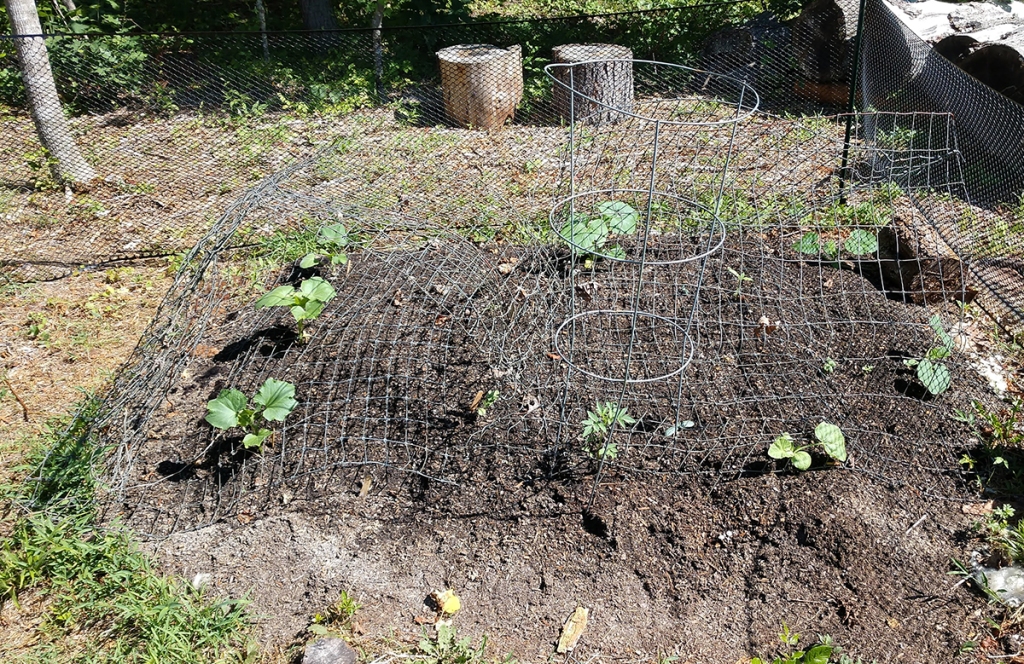
This is my newest bed. Pumpkins and Sunflowers. Literally took me less then three hours to complete. Including my little “keep the damn ducks out” fencing. It went from just a mess of tall weeds to a pumpkin patch in less then a day.
How do I cozy up to an alpaca farmer, I love to garden and need to meet one or become one!
Check with your regional alpaca organizations, you will find a list of them at the AOA website (Alpaca Owners Association), click here. Research the internet for alpaca farms in your area. Not everyone that owns alpacas is going to be members of their local or national alpaca organization, although it would be nice if they did.
Attend an alpaca show (list of shows here), check out your local county fair and farmers market, or reach out to your local 4 – H or FAA program. If you are toying with the idea of purchasing an alpaca (must have two, three is even better). Please do some research first, by visiting farms and attending shows. They are easy keepers, but they have special needs that any responsible animal lover should understand before making an alpaca purchase. Another good route to try…follow the fiber. Where there are knitters, spinners, felters and weavers (Fiber Guilds and Art Guilds) there are usually alpaca owners. Good luck and Happy Gardening!










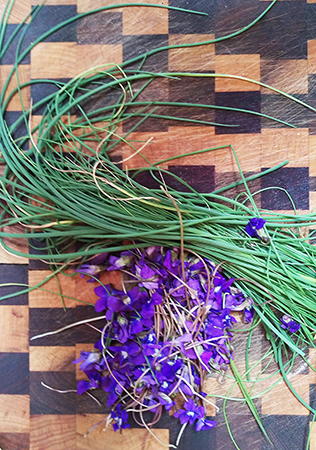







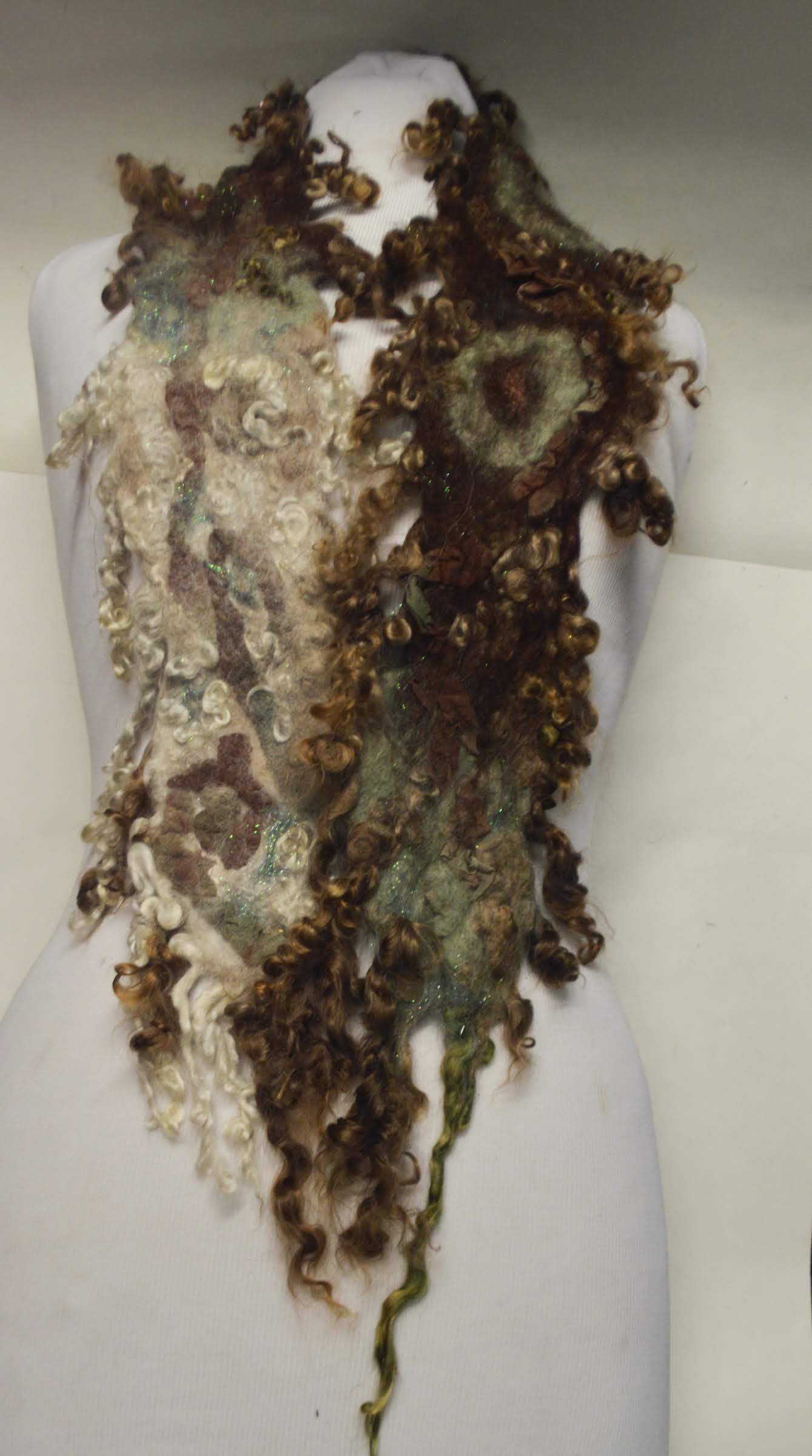
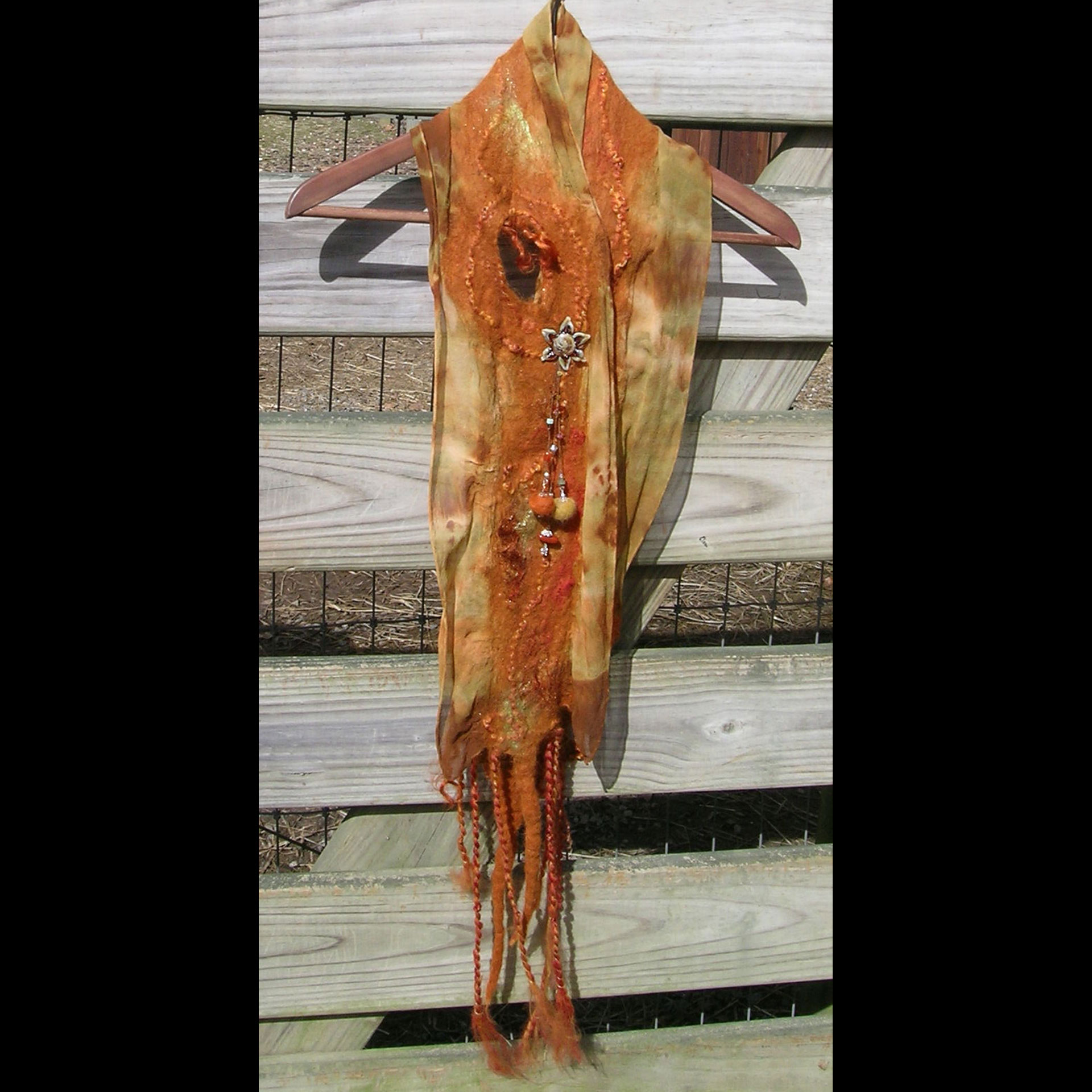


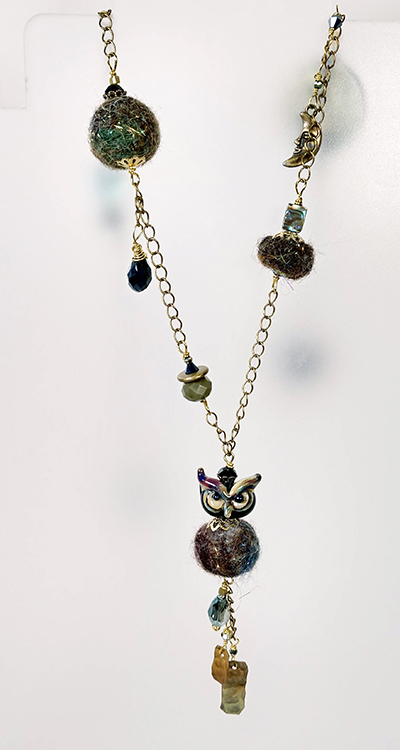


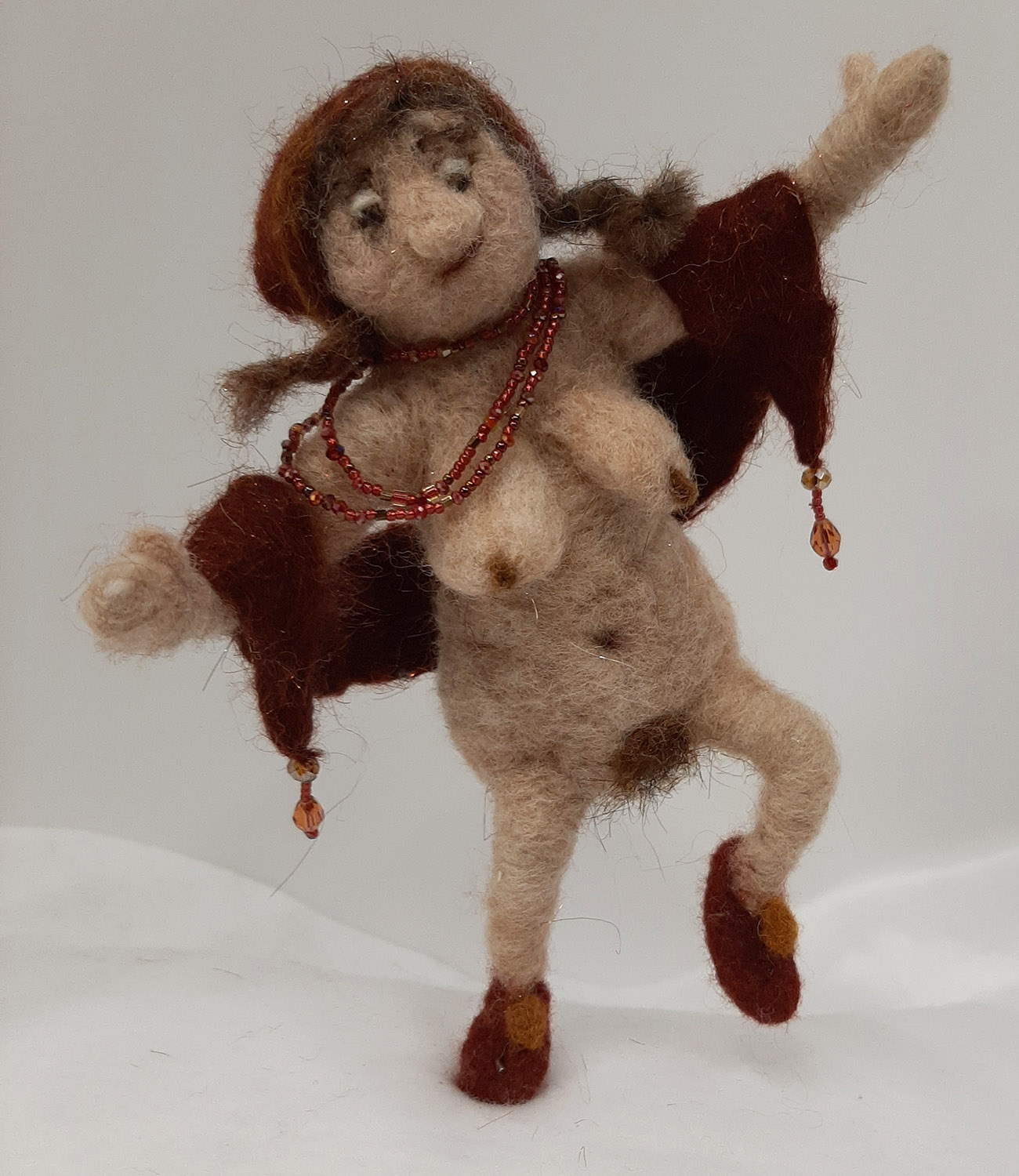

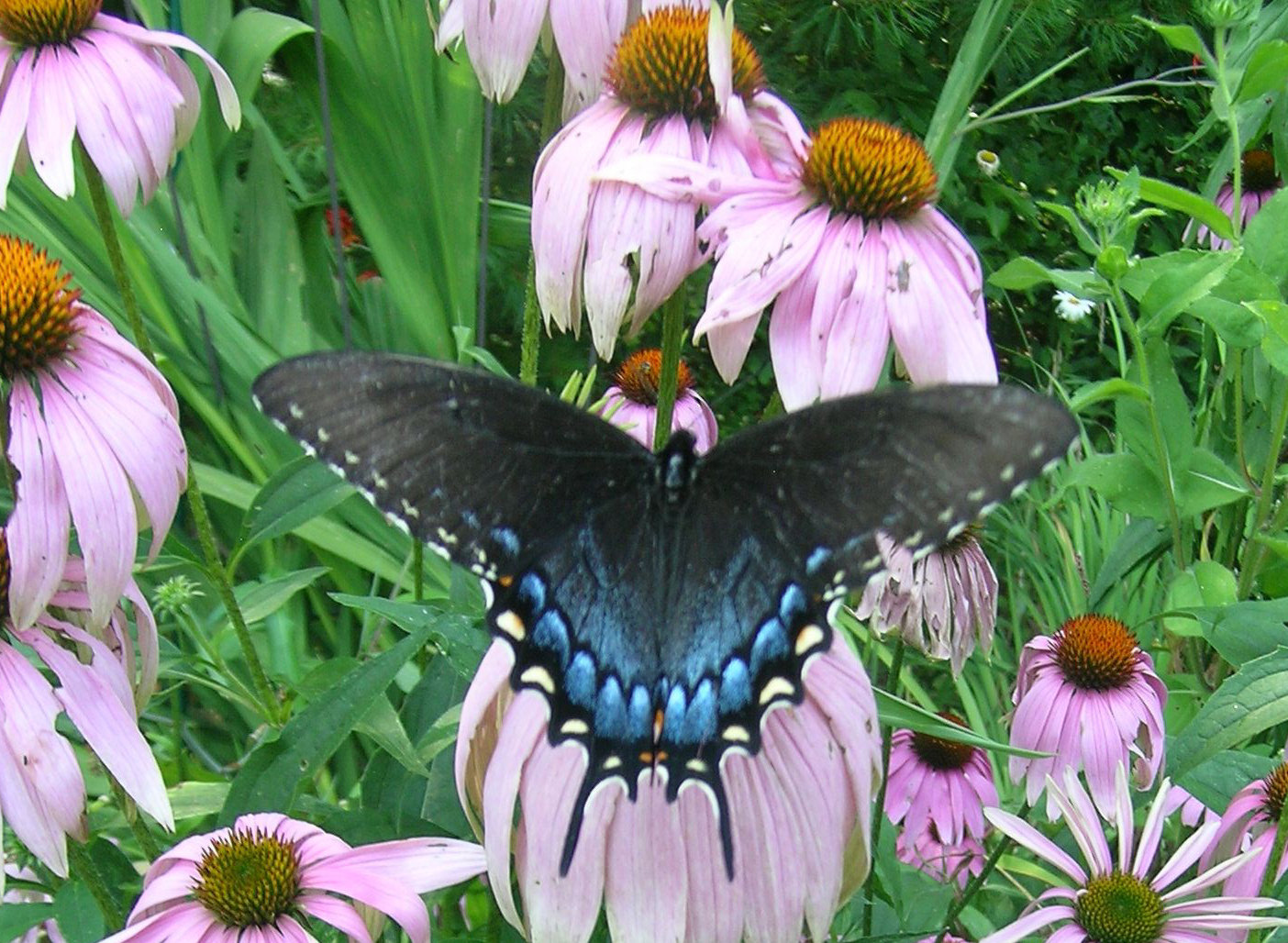



If I have a garden bed full of grass, do I need to get all the grass out before laying down the alpaca mulch and planting? Will the grass grow through the fiber or be killed from lack of sun?
LikeLike
I have never tried it on un-mowed or whacked grass/weeds. I would suggest laying down a think layer of newspaper first, stomping it down to make it as level as possible, then add your generous layer of alpaca fiber on top of the paper, going from there.
LikeLike
This was so helpful! If I wanted to sell my alpaca beans at a farmer’s market: what would you suggest?
LikeLiked by 1 person
Glad you enjoyed my blog Leslie. I think it depends on how ‘fancy’ you want your marketing to be. I have seen folks sell it as dried beans in fancy burlap bags with a “how to use” hangtag attached. I have seen it dried and shreaded in paper bags with fancy sticker logos/ directions. I have even seen it sold by the quart in a concentrated liquid form online. If you are pushing more then your fertilizer, but also trying to bring folks to your farm to shop in your farm store or learn more about alpacas, you may want to put a little extra effort in your packaging, using the fertilizer sale as a ‘foot in the door’ for other higher return sales later. If you are more interested in making a quick sale with lower overhead, then I would suggest doing it as simply as you can. Reuse grocery store bags with minimal packaging (business card with link to directions on your website would work?). Use your “voice” to market instead of fancy bags or labels. Drying the beans is a must. It makes it very low odor and very light to handle. I use an old tent top/tarp to dry the beans. It usually takes at least 3 – 4 sunny days to dry completely with some stirring of the beans on occasion. Maybe others have better methods they can share…?
LikeLike
I would like your permission to print this article;
LikeLike
Hi Leslie, Would you mind if I asked what publication?
LikeLike
I’m editor of the “Calpaca Connection” newsletter. I LOVE your article!! Our alpaca org’s president just sent me it to me, and I’d really like to include it in our upcoming spring issue. May I have your okay? Past issues are accessible on our website for you to look at. Much thanks,
LikeLike
Hello L’illette, Yes, please do reference the article for your newsletter. Cheers! ~ Holly
LikeLike